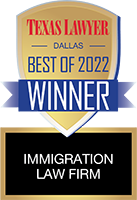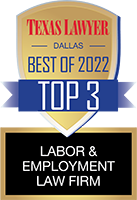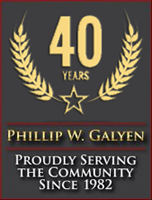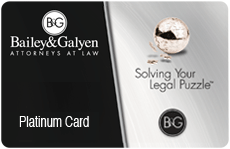I have previously discussed the basics of the Texas Dram Shop Act, and the means of imposing liability thereunder, HERE. There are, however, defenses available to establishments which may otherwise have served alcohol to an obviously intoxicated patron.
The Act does, for example, provide certain statutory defenses to causes of action brought under its terms. The Texas Server Training Act, for example, provides that the actions of a provider’s employee are not attributable to the provider if:
(1) the employer requires its employees to attend a commission-approved seller training program;
(2) the employee has actually attended such a training program; and
(3) the employer has not directly or indirectly encouraged the employee to violate such law.[1]
The purpose of the affirmative defense is to induce employers to mandate the attendance of their employees at an approved Texas Alcoholic Beverage Commission Training Program. The employer must also affirmatively discourage its employees from violating the code.[2]
While on its face this defense seems a strong one, in practice it can make a trial extremely difficult for an establishment seeking to take advantage of it. Absent such defense, the sole and only issue for the jury, other than damages, will be whether the patron was served at a time when he was obviously intoxicated. But when the defense is urged, and the establishment charged with showing it did not “directly or indirectly encourage[] the employee to violate such law,” matters otherwise not relevant, such as the establishment’s drink specials and sales policies, suddenly become relevant.
The other defense, which has a far greater impact on the viability of dram shop cases, is the institution of proportionate responsibility to such cases subsequent to the Duenez case. In F.F.P. Operating Partners, L.P. v. Duenez, 237 S.W.3d 680 (Tex.2007), the Texas Supreme Court determined that Texas law on proportionate responsibility applied to claims under the Dram Shop Act, and that the establishment which provided alcohol does not shoulder any liability for that portion of the blame placed upon the drunk driver.[3] In other words, a jury will be asked to determine who is to blame for the accident or injuries in question – the bar or the intoxicated individual – and what percentage of the blame each should be assigned. As one might expect, juries frequently assign a significant portion of the blame to the intoxicated patron, and each percent assigned to that individual diminishes a plaintiff’s recovery against the bar – or completely forecloses such recovery if the percentage is high enough.
[1] See Tex Alco. Bev. Code §106.14.
[2] Id. See also Pena v. Neal, 901 S.W.2d 663,667 (Tex. App.—San Antonio 1995, writ denied).
[3] Id. at 689-690








